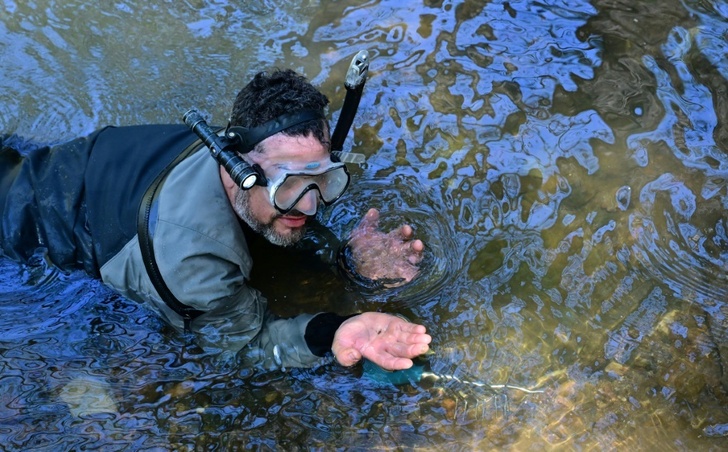Albert Fausel has been scouring the rivers of Placerville, California for decades in search of gold. But the task has never been easier, nor the haul bigger, thanks to recent torrential rains.
"This year, there's a lot of new spots" to find gold, says Fausel, clad in a wetsuit and snorkel, standing up to his knees in water.
Less than 10 minutes into a recent visit by AFP, Fausel -- diving with a small shovel to dig a crevice at the bottom of the riverbed -- resurfaces with proof.
Among the mix of clay and sand emptied onto a plastic tray, unmistakable shiny particles glitter brightly under the strong midday sun.
"Mother Nature has done a great job with all this flooding," he said.

Fausel collects his bounty with a tool that resembles a suction pump, before adjusting his snorkel and disappearing back into the water.
- 'Flood gold' -
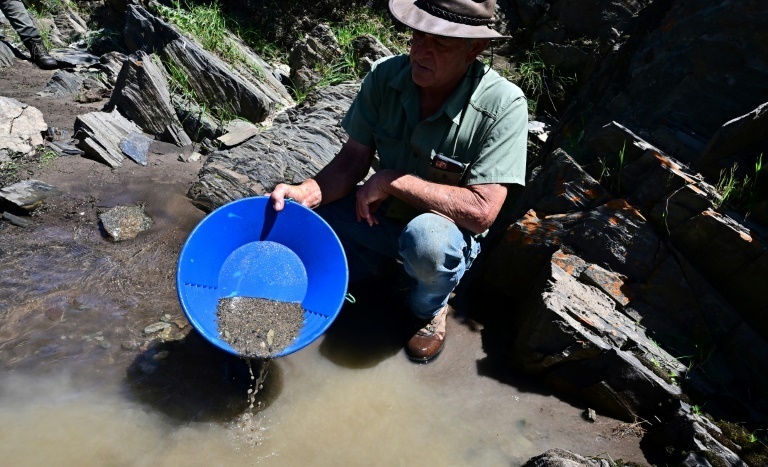
A series of atmospheric rivers -- high altitude ribbons of moisture -- chugged into the western United States, dousing a landscape that had been baked dry by years of below-average rain.
In Northern California, those downpours triggered scenes reminiscent -- if on a far smaller scale -- of the original Gold Rush that transformed this region in the 19th century, when thousands of miners arrived in search of El Dorado.
"Now, we're talking about flood gold," said Barron Brandon, a geologist and foreman of the Cosumnes River Ranch.
Heavy rainfall creates powerful currents in the river that "wash" the banks, loosening particles of mud and gold, which are then carried downstream to be scooped up by lucky miners.
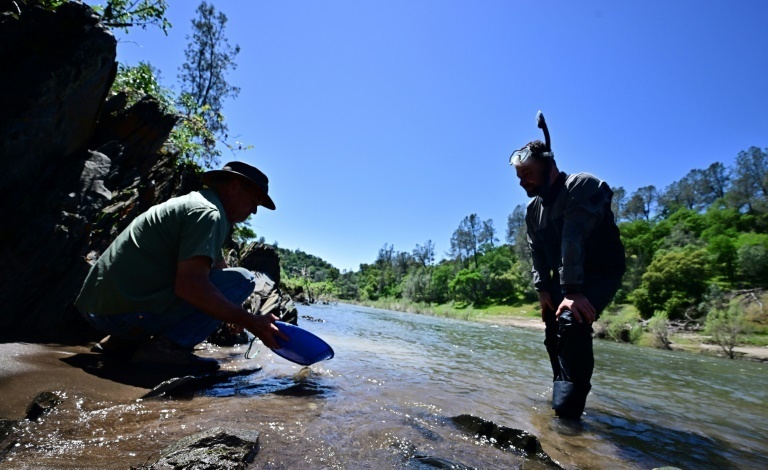
"The real gold is just being out here," he added, smiling as he takes in the landscape of blue and green hues, soundtracked only by the gushing flow of the water.
- Gold fever -
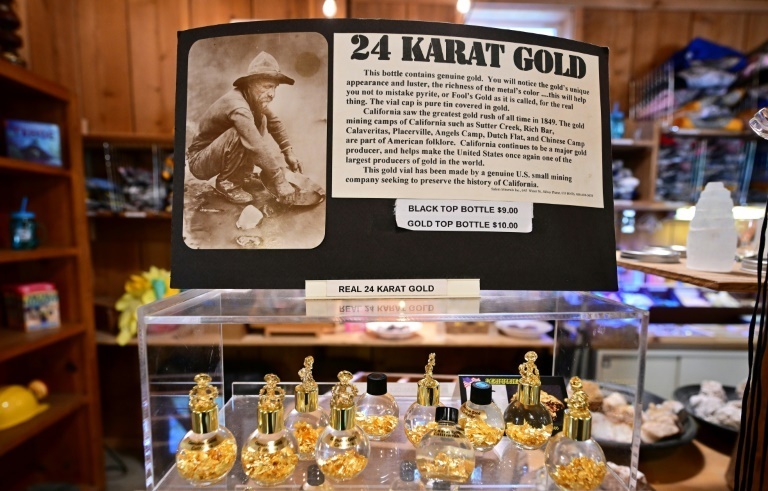
Through the small city runs a road called the "El Dorado Freeway." Stores with names like Ancient Gold Jewelers, Gold Country Artists Gallery and Gold Insurance Solutions dot the street.
In one toy store, plastic mining helmets and miniature panning trays take up half of the display space.
A hotel on the main street maintains the aesthetics of the original Gold Rush, with 19th-century furniture and photographs from that bygone era.
A hardware store run by Fausel sells a wide range of mining and panning tools, such as sluice boxes and metal detectors, as well as brightly painted souvenir "gold seeds."
But Fausel is not worried about a tide of outsiders invading the region in a new wave of gold fever.
"Come out to California. Give yourself a chance to find some gold," he urged. "It's out here for everybody. But follow all the rules."
- 'Very, very rich' -
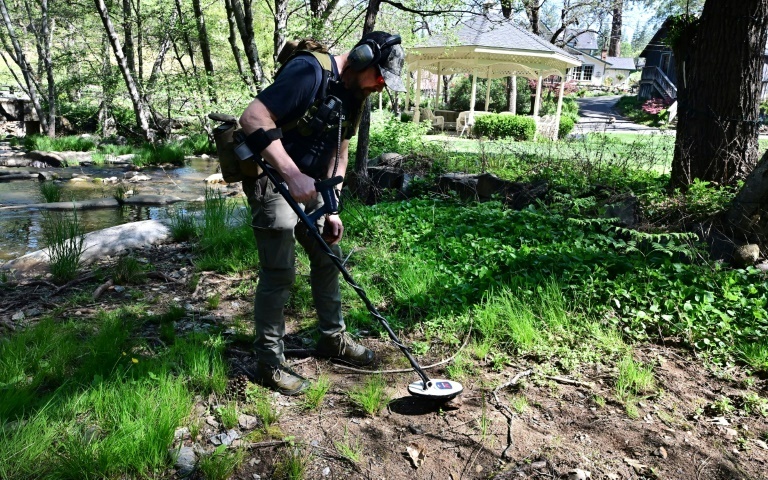
He traces the public's widespread fascination with striking gold to many children's love of tales about pirate booty.
"There's so many movies like 'Indiana Jones' and all those movies, 'Pirates of the Caribbean' -- they all pull at the heartstrings of treasure," he said.
One of Placerville's main attractions is the Gold Bug Park and Mine, while draws visiting school groups.
"Kids are always interested about the gold... California was built on gold," said Pat Layne, an 80-year-old volunteer guide who worked in gold mining for decades.
"What we try and get across to them is the true history, not the Hollywood version of the Gold Rush," he added.
Standing next to a tributary of the river that borders the now-defunct mine, Layne describes to visitors how there were once "hundreds of miners right here in this creek, right where we're standing, working, panning gold."
"It was very, very rich here... gold was delivered to the creeks by Mother Nature over millions of years."
This winter's huge amount of rain has helped to recreate those conditions, on a much briefer and accelerated scale.
When "the water moves, the gold moves," he said.
pr/amz/sst
© Agence France-Presse
Your content is great. However, if any of the content contained herein violates any rights of yours, including those of copyright, please contact us immediately by e-mail at media[@]kissrpr.com.
Source: Story.KISSPR.com

